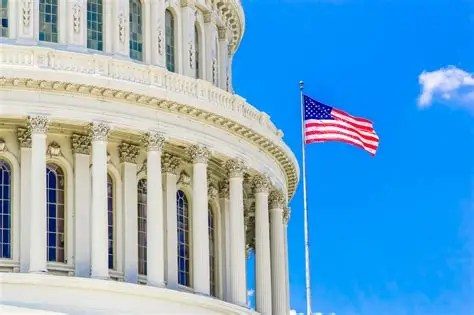The authorities must pay adequate attention to public cemeteries
By law, cemeteries are the statutory responsibility of the 774 local government areas in Nigeria. But with that level of government almost in comatose, it is not surprising that most of the cemeteries across the country reflect the value we attach to remembering the dead. Take, for instance, the Iyana-Isasi Cemetery on the Lagos-Badagry Expressway. Just like many other public burial grounds, it falls short of the requisite health standards. Overcrowded and ill-maintained, it is a place where the dead are buried in waterlogged, shallow graves. Besides the distress to grieving families and the health hazards posed by the environment, the cemetery forbids gravestones or markers to identify burial spots.
Ordinarily, well maintained cemeteries add to the beauty and general ambience of communities. They also serve as tourist attractions in some climes. However, many so-called final resting places in Nigeria are in deplorable conditions. They are poorly maintained, poorly protected, and there is often the problem of access. Even worse, many of them are in poor sanitary state, posing danger to health and the environment. For instance, cemeteries in many states in the North suffer from poor maintenance. The Kaura Goje cemetery in Nasarawa Local Government Area of Kano State is always flooded when the rains are heavy. The same fate afflicts some other cemeteries like Dantsinke and Getsi in the ancient city of Kano where graves collapse on a regular basis.
From Lagos to Enugu, Port Harcourt to Potiskum, Kano to Maiduguri, it is obvious that the local government areas in many of the 36 states are incapable of managing the cemeteries. But the real concern is the danger they constitute to public health. Many of the cemeteries cited in flood-prone areas are hazardous as decomposing bodies in unmanaged graves can pollute the groundwater, posing long-term risks to the surrounding environment. Unfortunately, due to limited spaces in many existing cemeteries, and the growing need to bury the dead, particularly in urban areas, public cemeteries are being cited in many unlikely places.
Indeed, a recent study on burial practices within the vicinity of an active municipal cemetery in the Gwange area of the Maiduguri metropolis, Borno State, revealed a significant threat to groundwater quality over time. A similar study in Port Harcourt, Bonny, Okrika and Degema in Rivers State unearthed poorly maintained cemeteries. And for a long time, the nauseating conditions of public cemeteries at Epe, Badagry and Ikorodu in Lagos State have been become an environmental nightmare to many residents.
The Atan Cemetery in Yaba, one of Nigeria’s oldest cemeteries, is in bad shape. It is mostly overgrown by weeds, particularly the public section. Many of the graves have caved in. Even the public section of the Ikoyi cemetery, home to the rich in Lagos State, is also in sorry state, and gradually losing its shine as many grave sites have collapsed while others are covered by weeds. This is despite that improper maintenance of grave sites may pose problems as some communicable diseases outbreaks have been linked to broken down graves, especially during the raining season.
Perhaps in a bid to stem the growing crisis of overcrowded cemeteries, former Lagos State Governor Babatunde Fashola signed a bill into law in 2013, permitting the voluntary cremation of bodies and unclaimed corpses. It was a law for the books as it was abandoned wholesale. But it is shameful that we cannot accord a measure of dignity to the dead in our country. That this is a general malaise in practically all our ill-maintained cemeteries across the country is why authorities should be concerned. This development constitutes a major health hazard for communities living around such an environment, especially at a time the country is battling bouts of disease outbreak.




